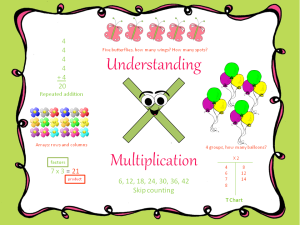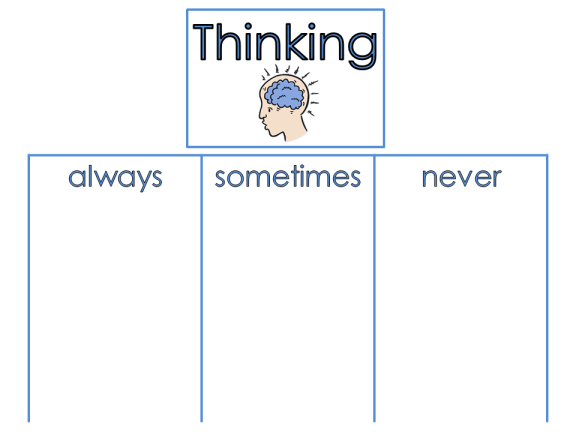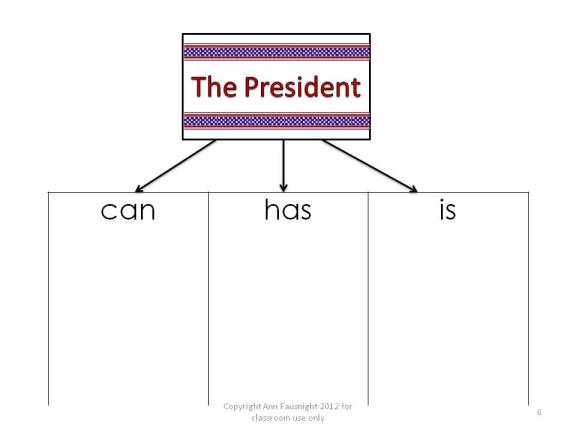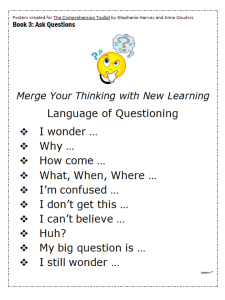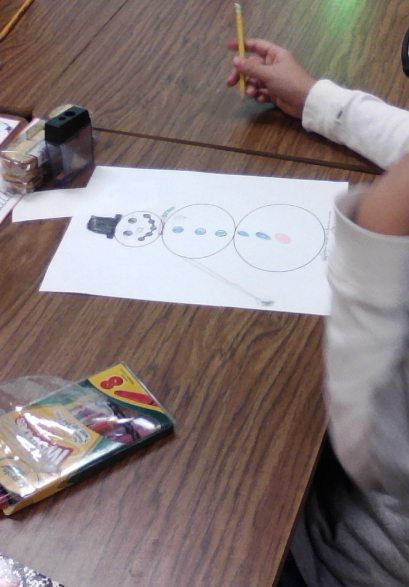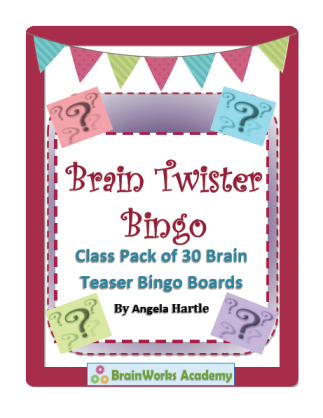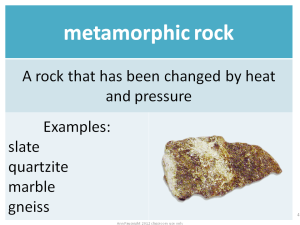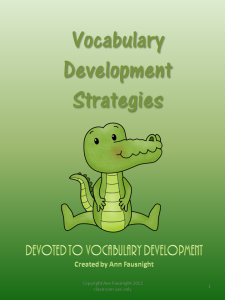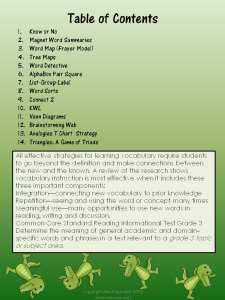Multiplication – The art of increasing gold or silver by magic, — attributed formerly to the alchemists
Younger students need to have the magic of multiplication broken into little pieces of reality! I think the best starting point is showing that multiplication is repeated addition. If I add two 6 times, I have multiplied two by six. It actually takes saying that word “times” quite a few times before everyone catches on to the idea that we also say “times” when we multiply.
Of course, by showing I actually mean showing. Students need manipulatives in their hands. If they are edible all the better! 15 candies in one roll of Smarties. If everyone on your team has one roll, how many candies does your team have? We make arrays out of cubes, then we draw the arrays with circles or Xs. Sometimes we get fancier and do hearts or stars, but it is important to be able to draw quick arrays to see that they can be useful in problem solving when you get stuck on a problem.
Important vocabulary surrounds multiplication. I love to have them figure out the analogies such as, plus: addition :: times: multiplication and addend: factor :: sum: product. Later on, we realize addition: multiplication:: subtraction : division. Besides factor and product, there’s other important multiplication vocabulary or key words. Each and every usually mean to multiply. I tell my class to watch out for same number and equal groups, because those words change each and every to division, every time. Kids need to know the words twice, double, triple, and quadruple means to multiple. Then we have total and altogether, which they already recognize as addition words. These words provide a chance to reinforce the idea that multiplication is actually just FAST addition.
When learning our facts, we use many strategies: fact families, number lines, repeated addition, arrays, groups, sets, music, movement, discussion, breaking apart numbers.
I made this poster for my kids to discuss all the ways they know to multiply. I have attached the pdf for you.
I have made an Understanding Multiplication Scavenger Hunt. Here is a page from it:
It also explores multiplication as repeated addition, arrays, skip counting, and fact families.
I hope that you find some magic in multiplication in your classroom!
Ann
